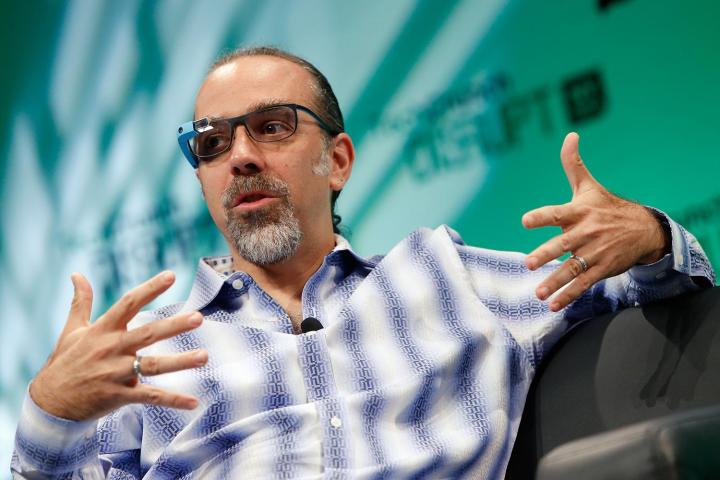
The truth is, naturally, a far more nuanced thing. Teller did, indeed, address the technology and some missteps surrounding its implementation, but did it all through the frame of X Labs Moonshots.
“In retrospect, we made one good decision and one bad decision around the Glass Explorer program. The good decision was that we did it. The bad decision was that we allowed and sometimes even encouraged too much attention for the program.”
We’re left with an obscenely expensive, weird-looking, underperforming piece of hardware.
In other words, the mistake wasn’t in the program’s inception, but rather its, ahem, optics. It’s hardly the “we totally blew it” admission some wanted or expected. Rather it’s a “we did mostly the right thing, but we allowed you to think about it the wrong way.” The way Teller tells it, Project Glass looked bad from the outside because Google was trying to create a more futuristic future and we thought it was peddling a flawed present.
Google defines a moonshot, in part, with the number 10. “By saying we’re taking moonshots,” Teller explains, “we mean we’re going to go after something that’s 10 times better rather than incremental, 10-percent kind of progress.”
Think Wi-Fi weather balloons and self-driving cars. Projects like these are whimsical enough for most viewers to recognize immediately that Google isn’t expecting to deliver next quarter. Google’s focus on the sometimes far-off future is one of the things that make it such a delightful company to watch.
So, why couldn’t we afford Glass that same leeway? The answer’s simple: The wearable future Glass promised is pretty much here. Glass arrived alongside a sea of Pebble Watches and Oculus Rifts. Sure, the things looked pretty weird and carried a hefty price tag, but once those initial shocks wore off, Glass became yet another wearable.
What’s worse, as we acclimated to people walking around with computers on their faces, the familiarity seemed to quickly erase the notion of beta testing. Once the idea of “Voyagers” is removed from the equation, we’re left with an obscenely expensive, weird-looking, underperforming piece of hardware with little in the way of third-party app support.
Taken out of Google’s broader context, that sounds like a lot of failure to me. Those notions were no doubt only compounded by the perception that the company had abandoned the project in favor of the much broader and more consumer-focused Android Wear platform.
Teller is right: Glass stumbled in part due to the way Google positioned it. That first sky diver-filled press conference was awfully hard for most consumers to distinguish from a product launch. But I do wonder, if Google had quietly opened beta testing with less fanfare, would the conversation look all that different?
There’s a great irony to all of this: A company beloved for its forward thinking perceived a product as far more of a pipe dream than consumers did.
It might have, if the company had used every opportunity to shout from the rooftops that the hardware wasn’t the thing. Even still, Google is a consumer-focused company that creates consumer-focused products in a consumer-focused world. Of course that message got muddled in the process.
I’m certainly not advocating that the company should shut down its moonshot program. It’s one of the most enduringly charming things about Google — something that separates it from a sea of like-minded tech companies. Ditto for the focus on transparency in many projects.
On the off-chance that any Google execs are reading, here’s a little free advice: Save the real-world testing for projects that feel truly crazy, the ones that make us wonder what the heck you could possibly be thinking. The public loves those — and more to the point, they innately understand that there are plenty of obstacles standing in the way.
There’s a great irony to all of this: A company beloved for its forward thinking perceived a product as far more of a pipe dream than consumers did. Rather than going for broke, the company used the Voyager program as a baby step to test the water.
But if you’re going to shoot for the moon, you have to aim higher.
Editors' Recommendations
- Google is bringing its futuristic AR glasses to the real world … kind of
- 10 years on, Google Glass is still a Google I/O high point
- The third generation of Google Glass may be nearly ready for release

